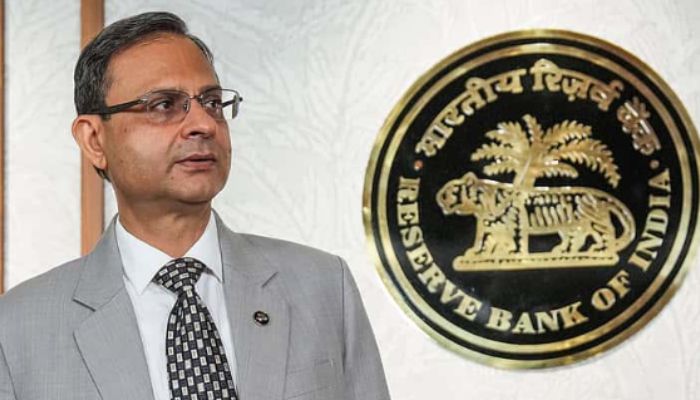The Reserve Bank of India (RBI) has introduced major improvements in its gold loan guidelines, providing very important relief to small borrowers. In a step aligning with the recommendations of the Department of Financial Services (DFS), RBI has announced that gold loans up to ₹ 2.5 lakh will now enjoy a high loan-to-price (LTV) ratio of 85%. This is a notable increase from the already proposed 75% range and is ready to be effective from April 1, 2026.

The purpose of this strategic change is to increase credit access for small borrowers while maintaining the integrity of the financial system. There is a wide eye of this new policy here what this new policy means for lenders, borrowers and gold loan segments.
What is the Lon-to-Value (LTV) ratio?
The LTV ratio refers to the ratio of the loan amount (including interest), which can be obtained against the value of the collateral – in this case, gold. For example, with a LTV of 85%, a borrower who pledges to a price of 1,00,000 can get a loan of up to ₹ 85,000.
The LTV involves the principal and earned interest, and not only during the time of disabborsal, not throughout the loan period.
New LTV Guidelines for Gold Loans
Under the new structure announced by the RBI:
- Gold loans up to ₹2.5 lakh: LTV ratio increased to 85%
- Loans above ₹2.5 lakh and up to ₹5 lakh: LTV set at 80%
- Loans above ₹5 lakh: LTV remains at 75%
These limits are designed to strike a balance between borrower convenience and credit discipline, particularly as the gold loan sector continues to grow rapidly.
Why the Change?
The move follows strong growth in the gold loan market and inputs from the DFS and Finance Ministry, which advocated for borrower-friendly norms, especially for small-ticket loans. A DFS letter to the RBI earlier had requested that borrowers with loans below ₹2 lakh be excluded from stringent collateral guidelines in the draft norms.

The RBI responded with a recalibrated approach, especially in light of the socio-economic needs of small borrowers who often rely on gold loans during emergencies or to fund small businesses.
Implication for borrowers
Increased loan amount
Small borrowers can now unlock more than your gold property without the need to pledge additional jewelery.
Better liquidity access
This remedy ensures that people in rural and semi-urban areas can use easy and sharp credits, especially during emergency or for agricultural purposes.
Interest in LTV
It is important to note that LTV will now include the interest earned. This means that borrowers should be cautious about delayed repayment, as accumulated interest can reduce the effective loan limit.
Lenders’ Responsibilities and Risk Management
While the higher LTV for small loans eases access to credit, lenders are expected to implement credit risk frameworks and ensure continuous LTV monitoring throughout the loan tenure.
For gold loans above ₹2.5 lakh, detailed assessments of the borrower’s repayment capacity must be conducted. This includes documentation of income sources, creditworthiness, and other risk factors.
When Will the New Norms Be Applicable?
These revised LTV ratios will come into force from April 1, 2026, giving lenders enough time to adjust their systems and borrowers ample opportunity to understand the changes.
Conclusion
The RBI is decision to increase the LTV ratio on gold loans below ₹2.5 lakh to 85% marks a progressive step toward financial inclusion. It provides small borrowers with enhanced liquidity while keeping the larger loan segment under a tighter credit evaluation framework. This balanced strategy is expected to support both credit expansion and systemic financial safety.
Frequently Asked Questions
1. What is the new LTV ratio for gold loans under ₹2.5 lakh?
The RBI has increased the LTV ratio to 85% for gold loans up to ₹2.5 lakh. This includes the principal and the interest component.
2. When will the new LTV guidelines come into effect?
The revised guidelines will be applicable from April 1, 2026.
3. Will the LTV ratio include the interest on the loan?
Yes, the LTV ratio will now include any accrued or unrealized interest, not just the principal loan amount.
4. What are the LTV ratios for gold loans above ₹2.5 lakh?
For loans between ₹2.5 lakh and ₹5 lakh, the LTV is set at 80%.
For loans above ₹5 lakh, the LTV remains 75%.
5. Why did the RBI revise the gold loan norms?
The RBI revised the norms following recommendations from the Department of Financial Services and in response to the rapid growth in the gold loan sector, aiming to improve access to small borrowers while preserving systemic stability.









